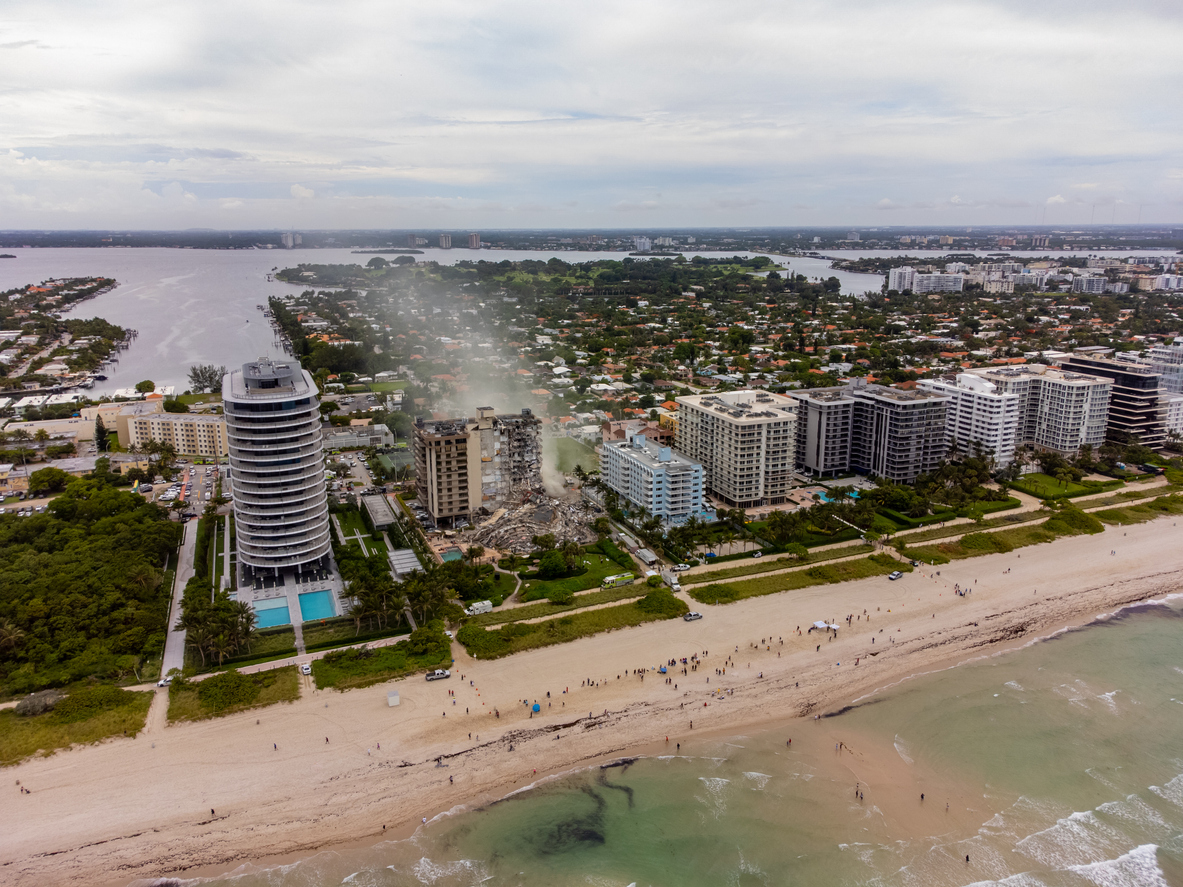"There's going to be a very serious allocation issue between those people who tragically lost loved ones and those who were lucky enough to only lose property," Miami-Dade Circuit Judge Michael Hanzman said during the Zoom hearing.
So far, five lawsuits have been filed stemming from the catastrophic collapse of the Champlain Towers South building on June 24. As of Thursday morning, the bodies of 18 people have been discovered and 145 remain missing in the unprecedented condo collapse. Rescue work was halted early Thursday over concerns that the remaining structure could topple.
Many more lawsuits are expected in the coming months, and litigation could take years as state and federal investigators, as well as law firms, work to determine what caused the collapse. The lawsuits, so far, have primarily targeted the Champlain Towers South Condo Association, which was spearheading repair work aimed at obtaining a 40-year building recertification from Miami-Dade County.
The family of Harold Rosenberg filed a negligence lawsuit Wednesday against the condo association, as well as Morabito Consultants and SD Architects, which were part of the association's recertification efforts. Engineer Frank Morabito also authored a 2018 report that found "major structural damage" caused by a lack of proper drainage on the pool deck of the 40-year-old building.
During Thursday's hearing, the board's attorney, Paul Singerman, said the board is "functioning" and members have been meeting with lawyers. "I am satisfied now the board exists," he said. "I am told the board has met repeatedly since the tragedy happened."
Still, Hanzman and plaintiffs' lawyers expressed concern about whether board members for a building that no longer functionally exists might be conflicted when it comes to making decisions about the lawsuits and insurance. Two plaintiffs' lawyers also questioned the board using money to hire a Washington, D.C., crisis public-relations firm.
"The court has to believe that the individuals who lived in that condo and served on the board are extremely traumatized and the last thing they want to do is be [inspecting] insurance policies," Judge Hanzman said.
The judge said he is considering appointing an independent receiver who would be able to make decisions for the board. He also said he wanted to maximize the amount of insurance money victims may receive. In all, the court heard, the building has $30 million in property coverage, and $18 million in liability coverage.
"I do not want dollars that could have been used to compensate victims to be paid to lawyers," Hanzman said.
Also, during Thursday's hearing:
A lawyer for one of the building's liability carriers, James River Insurance, said it would tender its policy's full $2 million. "There is simply not enough insurance to go around," the company's lawyer, Sina Bahadoran, acknowledged.
The judge said he would issue an order directing that all evidence in the case which could include financial records, condo emails, renovation contracts be preserved for future litigation. The lawyers will also be tasked with figuring out which firm takes the lead for the class-action suit.
Hanzman said he would not rule yet on a request by one plaintiff's legal team to allow a video-equipped drone to record recovery efforts. Lawyers for the Rosenbergs said the drone "can be up there 24 hours day without any interference" to rescue efforts.
The judge, however, expressed concern about allowing the measure.
Miami-Dade Fire Rescue is spearheading the search for survivors, and the county police's homicide bureau is tasked with documenting and investigating the deaths. Federal authorities, such as the National Institute of Standards and Technology, which investigated the collapse of the World Trade Center buildings in 2001, is also conducting a probe into what caused the condo collapse.
No government agency appeared during Thursday's hearing. "Everyone involved in the recovery efforts has the right to be heard," Hanzman said.













